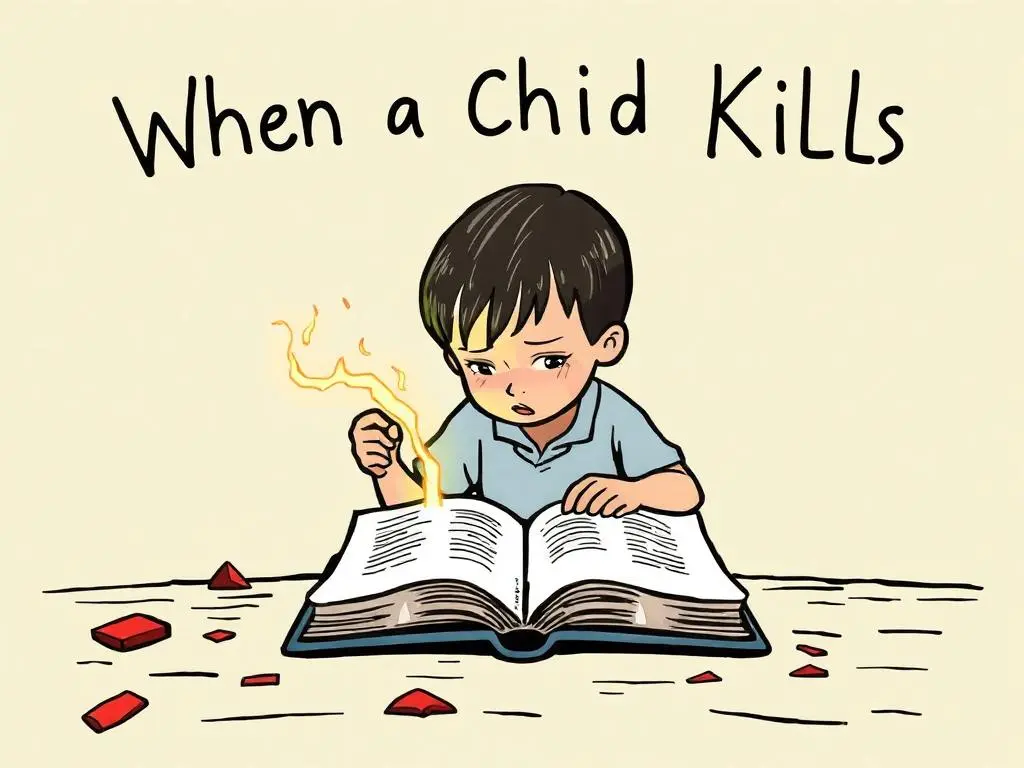Wayside School Is Back, With Payoffs to Jokes That Began 40 Years Ago

When an author advises — as Louis Sachar does in the foreword to WAYSIDE SCHOOL BENEATH THE CLOUD OF DOOM (Harper/HarperCollins, 192 pp., $17.99; ages 8 to 12), the fourth volume of his Wayside School series — that “to fully enjoy this book, you should read the other three first,” believe him. This absurd and absurdist series, about a 30-story elementary school with one classroom on each floor, has seen a new addition only once every decade or two since its inception in 1978, but it has still generated enough fan-feeding mythology to fill its own wiki. While it’s certainly not impossible for “Cloud of Doom” to serve as an introduction for newcomers, it is eminently more enjoyable as a follow-up.
Having said that, this new book is more than just a collection of running gags (though there are plenty of those, including the payoffs to several jokes that began 40 years ago). The original “Sideways Stories From Wayside School” was structured as an anthology of 30 short stories, and each subsequent volume has followed that pattern. As the series evolved, the stories became increasingly interconnected — more like true chapters than stand-alone vignettes — and this newest installment reads far more like a novel, with one prominent plotline tying most of the “stories” together. Here, it’s the titular cloud that provides the connective tissue, as it hovers over the school for days, bringing all sorts of bad mojo to the comically unflappable students and staff.
Longtime fans, of which there are many — the series is nearly as beloved as Sachar’s classic “Holes” — should not fear, however, that the surreal exploits of Mrs. Jewls’s class have strayed too far from their wacky roots. Even with more of a traditional through-line, this book maintains the chaotic sense of randomness that was so appealing in earlier volumes. And there are still plenty of puns (“spaghetti and feetballs” is served in the cafeteria), pileups (that skateboard left on the stairs will come into play) and jabs at educators (like the implication that anytime a teacher asks a student to write a word on the board it’s because the teacher doesn’t know how to spell it), with that touch of Dada-esque lunacy that “Wayside” veterans have come to expect.
A potential downside to this fourth book in the series holding so closely to the spirit of the original is that it can feel less than contemporary at times. There are still no computers or cellphones at Wayside School. Mrs. Jewls’s students play the same games at recess that they did 40 years ago. (Of course, these are still the same students in the same class at the same elementary school, so maybe the whole series takes place in the ’70s?) Sachar does throw in elements that modern schoolchildren can relate to, though. Kids accustomed to having their classes interrupted by “code red” and “code yellow” drills may appreciate Wayside’s ludicrously complicated system of alert bells, including one to indicate that a helicopter is landing on the roof and one to warn that a porcupine has gotten into the building.
In truth, the old-school atmosphere of the Wayside stories is less of an issue here than it is when going back to read the trilogy, which, as the author says, you should do. Written in a different era, those early books — the most recent of which came out 25 years ago — contain some moments that can feel dated, or even cringey, to modern readers: a student nicknamed “Fatso,” unsolicited kisses among elementary school kids and a male student hypnotized to lick the ear of a female student, to name a few. Perhaps the lack of such moments in the new book is the greatest sign of how the series has evolved over time.
But as the narrator notes in “Cloud of Doom,” “Time didn’t always make sense at Wayside School.” One of the series’ longest running gags is about Miss Zarves, the supposedly imaginary teacher whose classroom secretly exists in a sort of wormhole dimension outside time itself and whose students never age. In a way, Miss Zarves’s class is a metaphor for Wayside School in general — and the book series about it, which has somehow grown while staying very much the same.




